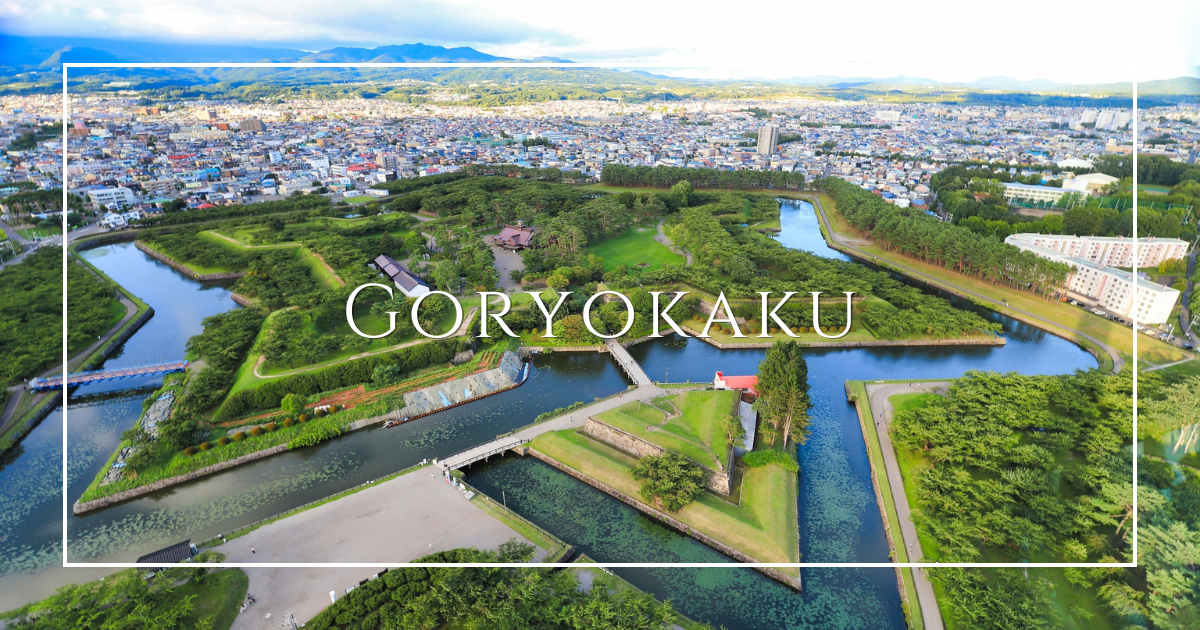Goryokaku Ruins

The Goryokaku ruins, a symbol of Hakodate, is a star-shaped fortress built at the end of the Edo period under the Tokugawa shogunate. It is famous for being the stage of the Battle of Hakodate during the Boshin War. Today, it has been developed into Goryokaku Park and is designated as a special historic site of Japan.
- Business hours
- April to October: 5:00 am - 7:00 pm
- November to March: 5:00 am - 6:00 pm
- Regular holiday
- Open year - round
- Telephone number
- +081-138-31-5505
- Official site
- https://www.hakodate - jts - kosya.jp/park/goryokaku/
- Parking
- Hakodate City Goryokaku Tourist Parking Lot
- Parking lot for Hakodate City Art Hall, Northern Studies Library, and Hokkaido Hakodate Museum of Art
- How to visit
- 12 - minute walk from Goryokaku Park Station on the Hakodate City Tram
- Address
- 44 - 2 Goryokaku - cho, Hakodate, Hokkaido 040 - 0001
History of Goryokaku
Goryokaku was originally a star-shaped fortress built in 1864 at the end of the Edo period, functioning as a key northern defense point for the shogunate. During the Meiji Restoration, in the 1869 Battle of Hakodate, it became the last stronghold of the former shogunate army and the stage for a battle against the new government forces.
The shape of the fortress is in the Western bastion style, characterized by its pentagonal star shape. When functioning as a fortress, it was surrounded by deep moats and equipped with defensive facilities such as earthworks and turrets. After the Meiji period, most of the moats were reclaimed and the area was developed into a park.
Today, the Goryokaku Tower stands within the fortress, allowing visitors to overlook the star shape of the fortress from above. The park contains remnants of the Battle of Hakodate and monuments to the Boshin War, evoking a sense of history. It is also famous for its cherry blossoms, with about 1,600 cherry trees blooming in the spring, attracting many tourists.
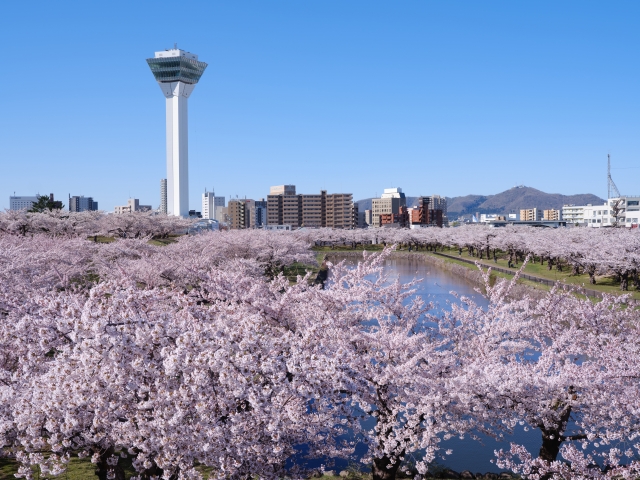
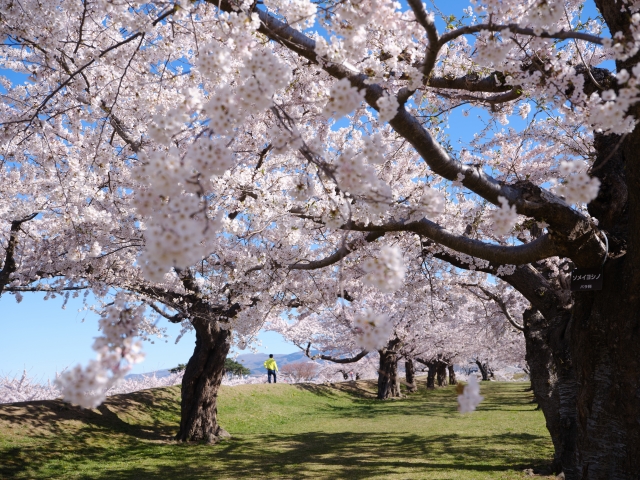
Characteristics of Goryokaku
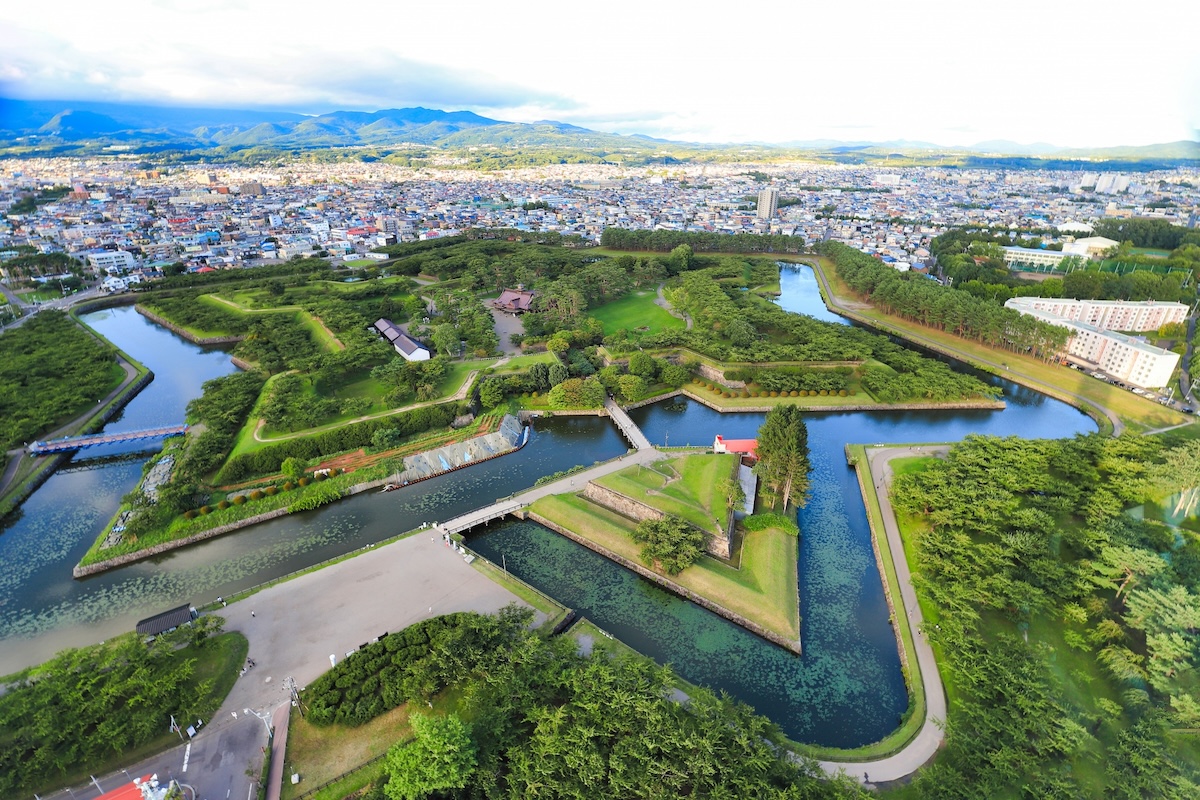
Goryokaku is a star-shaped fortress with five corners. This shape has the advantage of eliminating blind spots against enemy attacks and enabling efficient defense. The fortress also housed various facilities such as soldier quarters, armories, and hospitals, giving it the appearance of an independent town.
Goryokaku and the Boshin War/Battle of Hakodate
The Battle of Hakodate and the Special Historic Site Goryokaku Ruins

The Boshin War was the largest civil war in Japan, fought between the new government forces, who established the new Meiji government after the abolition of the Tokugawa shogunate due to the Meiji Restoration, and the former shogunate forces who were dissatisfied with this.
The Battle of Hakodate was one of the battles in the Boshin War and became the final battle of the war. It is also known as the “Battle of Goryokaku”.
In October 1868 (1st year of Meiji), the former shogunate forces led by Navy Vice-Admiral Takeaki Enomoto, who had escaped from Edo Bay with 8 warships, entered Hakodate and occupied Goryokaku. The Battle of Hakodate began between the former shogunate forces and the new government forces in the area.
Toshizo Hijikata of the Shinsengumi also participated in this battle, fighting from Goryokaku as his base.
After 7 months, Goryokaku was surrendered to the new government forces, and with the conclusion of the Battle of Hakodate, the Boshin War ended.
Hangetsuho
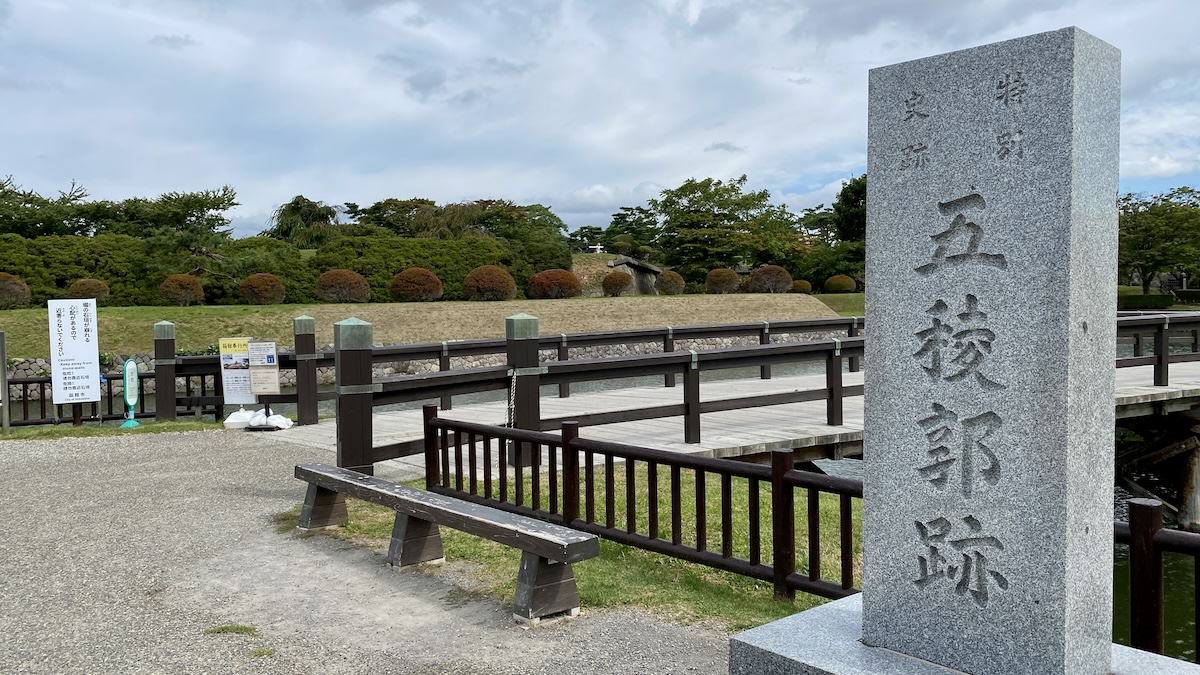
This is the entrance to Goryokaku. From here, you cross the Hangetsuho (half-moon fortification) and enter the inner moat.
Hangetsuho is a triangular earthwork located at the southwest corner of Goryokaku. It was built to defend the main entrance of Goryokaku. By blocking the enemy’s invasion and buying time, the personnel inside the fortress could prepare for battle or call for reinforcements.
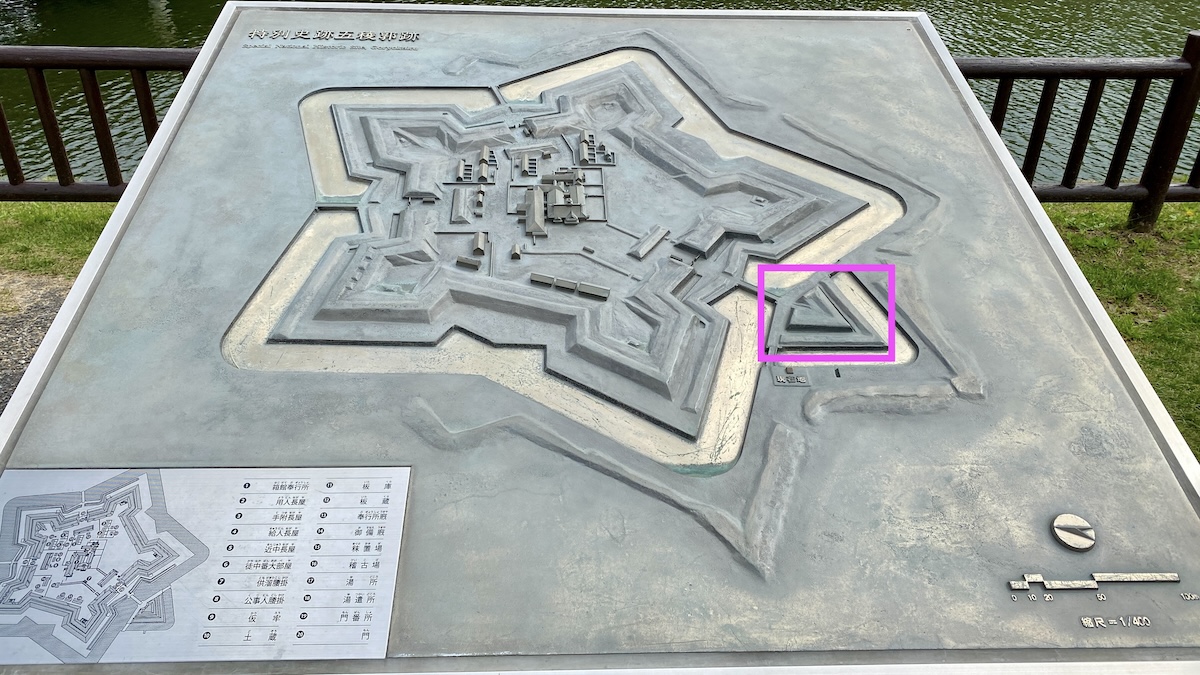

The earthworks and stone walls of Hangetsuho remain in their original form.

The earthworks were built to protect against enemy attacks, and the stone walls were constructed to reinforce those earthworks. The surface of the earthworks is covered with grass, which serves to prevent soil erosion and make it difficult for enemies to climb up. The earthworks also had gun ports for sniping at the enemy.
You can climb up the earthworks. The Goryokaku Tower can be seen in the back.

Crossing the Nino Bridge extending from Hangetsuho, you finally enter Goryokaku.


Remains of the Guardhouse
The remains of the guardhouse are the ruins of a facility that once guarded the entrance and exit of Goryokaku. Guards were stationed there to monitor the people coming and going and to prevent the intrusion of suspicious persons.

The entrance to the Hakodate Magistrate’s Office. As befits the entrance to a government office, it has a solemn and quiet presence that somehow conveys a sense of pressure.

Wisteria Trellis
After passing through the remains of the guardhouse, there is a wisteria trellis. The wisteria trellis in Goryokaku Park is a popular spot visited by many flower viewers every year.

The approximately 30-meter-long wisteria trellis has 11 wisteria trees over 100 years old and reaches its best viewing period from mid to late May every year. (In 2023, the best viewing period was from May 26 to June 1)
Hakodate Magistrate’s Office

The Hakodate Magistrate’s Office is a reconstructed building of the shogunate office that governed Ezo (present-day Hokkaido) at the end of the Edo period. The original building, constructed in 1864, was dismantled after the Battle of Hakodate during the Boshin War, but it was partially reconstructed in 2010 and is now open to the public.

The reconstructed Hakodate Magistrate’s Office also serves as a place to learn about the history and culture of Hakodate. The building houses exhibitions introducing the role of the magistrate’s office and the work of the magistrates.
- Business hours
- April to October: 9:00 am - 6:00 pm
- November to March: 9:00 am - 5:00 pm
- Regular holiday
- December 31 to January 3
- Fee
- Adults: 500 yen
- Students: 250 yen
- Official site
- https://hakodate - bugyosho.jp/
How to Get to Goryokaku

The tram is a convenient way to get to Goryokaku.
From Hakodate-Ekimae Station to Goryokaku-koen-mae Station, it takes about 20 minutes. The fare is 230 yen.
Get off at Goryokaku-koen-mae Station.

It’s a 12-minute walk from Goryokaku-koen-mae Station to Goryokaku.
The Charm of Goryokaku, Speaking Across Time and Space

Goryokaku is not just a tourist spot. It is a living witness to history, having seen the dawn of modern Japan.
The traces of battles etched into the star-shaped fortress, the samurai spirit imbued in the sturdy stone walls, the atmosphere of the Edo period wafting from the reconstructed magistrate’s office. Every corner of Goryokaku speaks of the turbulent times at the end of the Edo period.

By listening to that voice, we can touch upon the way of life of our ancestors. Their courage and determination, their anguish and hope. Goryokaku embraces it all.
At the same time, Goryokaku conveys an important message to us living in the present. To learn from history and understand the preciousness of peace. To have the strength to stand by one’s beliefs. And to never forget the heart to appreciate beautiful things, no matter how times change.
I believe that each person who visits can receive various things from Goryokaku.


Goryokaku is a valuable heritage that tells the story of the turbulent history from the end of the Edo period to the Meiji period, and is a symbolic spot where you can experience the history and culture of Hakodate. It is popular not only among history fans but also as a place to enjoy beautiful scenery throughout the four seasons. If you visit Hakodate, be sure to stop by.

